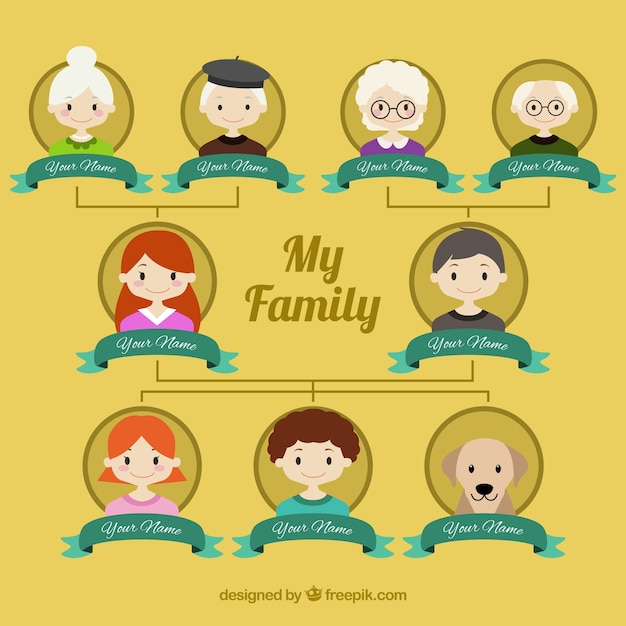
Still, they can lead you to other people who share your DNA, which can open new doors in your research. “I have not personally done one because it’s not going to yield the results. Your job while sorting through all of it is to repeatedly ask: What was likely? Does X prove Y? If it doesn’t, don’t include it.Īnd what about DNA tests, like the ones offered by and 23andMe? Maybe someone was trying to hide their age, or just didn’t remember the exact year they were born. There was no such thing as standardized spelling until almost the 20th century.” Names had a way of morphing through different documents: “Ross” could be heard by one census taker as “Russ” and another as “Roth.” Arrival years get rounded up. And the ability to read and write - literacy is really not prevalent until the 20th century. We’re talking about people who had different accents. “You have many surname variations, and they’re created for all different reasons. Since so many documents rely on self-provided information, things get tricky, especially with names. “If you are lucky, they took his name.” Also look for wills or tax documents, or anywhere transfers of property would have been recorded. To do that, she said, look in the same area and county for slaveholders with the same surname.

So you have to look in the property records,” Ms. Because while you might be able to find your ancestors up until 1870, “prior to 1870, as you may know if you’ve done any research, we were not in the people records. If you’re descended from slaves, this is a particularly tricky battle. And on a smaller scale, one county may have their marriage licenses available, while another has yet to put any online. For instance, I can find baptism certificates from English churches in 1600, but I can’t find any documents from India. But what’s been documented certainly depends on the location or type of the documents. Now, many documents have been digitized and are readily available online. “You had to actually go to the place where your family came from and do the research in the courthouse.” “When I started, you had to do all of this manually,” said Sharon Morgan, founder of. And it was in doing this I learned that, on my Indian side, Yeats wrote a very patronizing poem inspired by my third great-uncle. Scrolling through pages of old newspapers or deciphering handwriting on a census is how I found out I’m descended, on my white side, both from Union and Confederate soldiers, from slave-owners and abolitionists, and possibly from witches (I’m still trying to verify that one). This is why I’ve enjoyed learning about my family through good old-fashioned genealogy research. It comes from lived experience, traditions and stories passed down, from actual people who shape our perceptions of the world. Also, and perhaps more important: Culture does not come from DNA. The tests can compromise our privacy, with the possibility that our genetic information would be sold to third parties without our knowledge, and they don’t truly reveal our origins so much as reveal who has similar DNA right now. In America, the question of “Where am I from?” usually means, “Where did my family live before they arrived/were forcibly shipped to America?” Recently, there’s been a push to answer that question through DNA tests - sold 1.5 million kits on Black Friday in 2017 - which claim they can tell us exactly what percentage Norwegian or Nigerian we are. Somehow I don’t think that soldier would be too happy about that.
#My family tree how to#
The name stayed on the Atlantic coast, passing through my Confederate ancestors, onto my loving grandmother who taught me how to birdwatch, finally landing on me, a mixed-race woman with a Jewish partner living in New York City. My middle name is the name of a Confederate soldier.īefore that it was Scottish, the name of an indentured servant who came here when America wasn’t a country, when he was just one of many who were brought over.


 0 kommentar(er)
0 kommentar(er)
